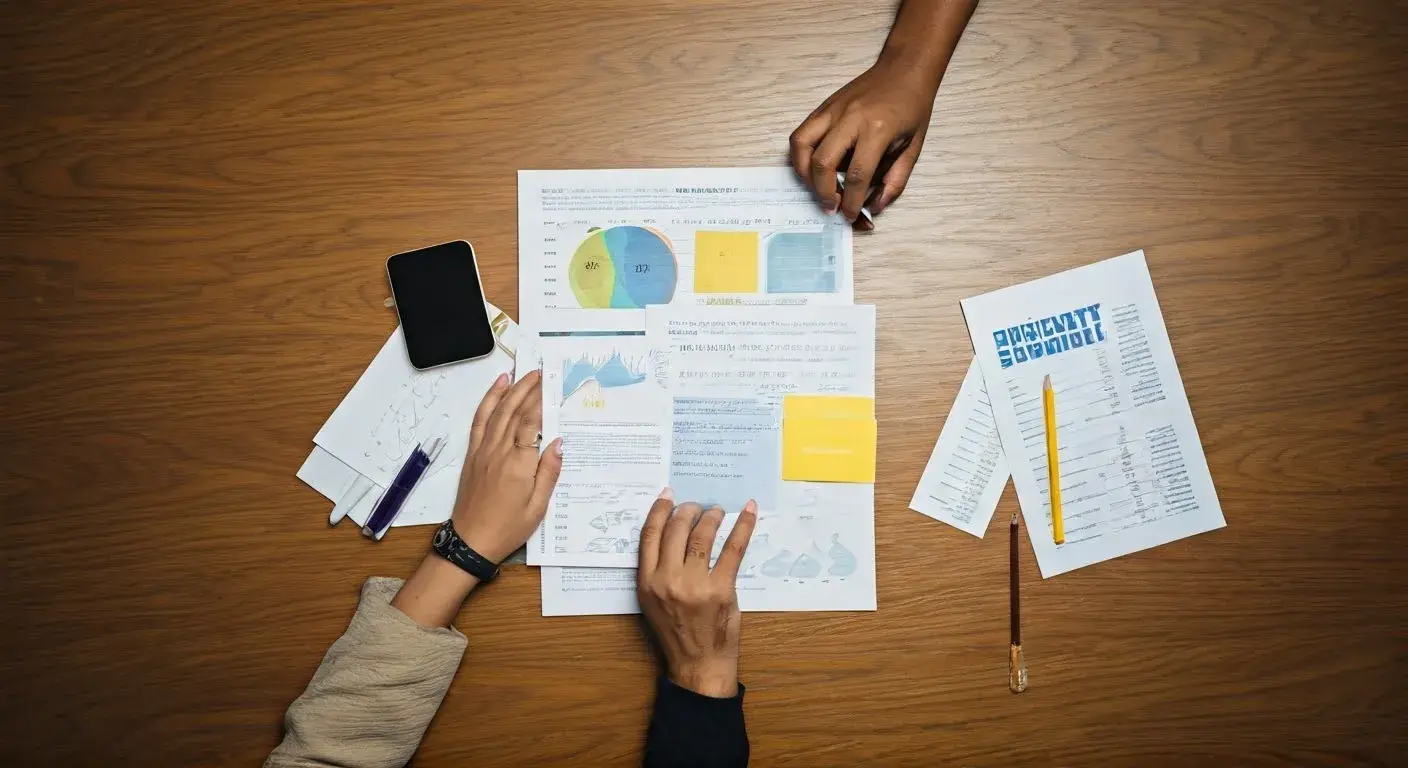-
Posted on: 21 Dec 2022

-
Designed to provide those impacted by the 2008 economic crisis financial assistance, the recovery rebate credit is a tax benefit. You don't need any difficult documentation to claim the recovery rebate credit on your taxes. We will walk you through a simple, sequential approach to claim it. See more by reading on!
What is Recovery rebate credit?
Taxpayers who have earned less than $200,000 in prior year income are eligible for the Recovery Rebate Credit. The American Recovery & Reinvestment Act of 2009 generated the credit. Another moniker for it is the "Making Work Pay" credit. You have to file 1040 either on your behalf or under the direction of your company to be eligible for this tax reduction. If you are single or married filing jointly and cannot utilize this credit as part of any other eligible income to assist lower what you owe in taxes due, you may claim it. Should you not satisfy these criteria, there could be another deduction more suited for your circumstances—that of the Child Tax Credit.
Come April 25th and want to make sure your refund is as large as it might be even if you did not get a stimulus check or the entire amount in 2020? For individuals who qualify, the government has approved tax credits that might prevent their refunds from becoming lower by claiming them immediately.
Starting in just a few days, the 2020 tax season reminds us that even if you are not obliged to submit your return for this year, at least find out if you are eligible. If so and you fit for a recovery rebate credit of up to $600 on top of any other stimulus funds received then go ahead and file an early-filing form today - earn your refund or lower taxes owing!
Who is Eligibility for the Recovery Rebate Credit?
With this new refund, the government is being cleverly difficult. You must record all income as it pertains to last year's return and complete your 2019 taxes before the end of 2020 to be qualified for a stimulus payment. If you are submitting an extension, however, wherein they won't be received until next year (2019). Furthermore, most individuals aren't reporting any taxable income in 2020 based on their eligibility criteria, hence another complete tax season would be needed before qualifying once again!
The federal government has some tricks up its sleeve for those who qualify financially; however, not everyone will cut; at least not without first leaping through hoops or waiting much too long between rounds.
How to Calculate the Recovery Rebate Credit?
Though many have been qualified for stimulus checks in the past, they may not know how to get them. The IRS computes your recovery rebate credit using data from several sources, including W-2s and tax returns; yet, these guidelines do not impose any age restriction or income level requirement. Check this website on who qualifies for a recovery rebate credit that may provide financial relief up to 6 billion dollars through 2020 if you need help determining what kind of aid will fit best with your family budget!
The IRS will consider your income and other deductions after you submit a return to determine the degree of benefit they may provide. Should one be qualified for this rebate credit, it is applied as a direct deposit after-tax filing to ensure all required amounts are computed.
Garnishment of the Recovery Rebate Credit
Still, the government may take away your next tax refund once again. If such debts are not completed by 2020, you will have to wait for any money from a stimulus refund award or credit to pay off what is owed on taxes and other bills.
One might find it challenging to manage debt. Where your money is going and how you will ever pay off debt is difficult to understand. Finding the correct credit repair company for you can help you begin to pay off debt; so, you should investigate what each one has to offer, including the services and prices.
The first company on my list is Freedom Debt Relief because they offer a free consultation call now (888) 803-7889 with an expert counselor which will enable them to create a plan just for you!




